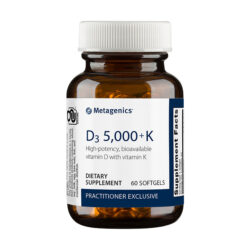
Introduction: Headaches are a common ailment experienced by people of all ages and backgrounds. While there are various causes of headaches, ranging from stress and tension to medical conditions, some individuals seek alternative therapies like chiropractic care for relief. In this post, we’ll delve into the connection between headaches and chiropractic care, exploring how chiropractors approach the treatment of headaches and whether this alternative method can be an effective solution.
Understanding Types of Headaches: Before delving into chiropractic care, it’s essential to understand the different types of headaches. Common types include tension headaches, migraines, and cervicogenic headaches. Tension headaches often result from stress and muscle tension, while migraines are characterized by intense, throbbing pain and may be accompanied by other symptoms like nausea and sensitivity to light. Cervicogenic headaches are linked to issues in the neck and spine.
Chiropractic Care and Headaches: Chiropractic care focuses on the relationship between the spine and the nervous system. Chiropractors believe that misalignments in the spine (subluxations) can contribute to various health issues, including headaches. Here’s how chiropractic care may address headaches:
- Spinal Adjustments: Chiropractors perform spinal adjustments or manipulations to realign the spine. This is believed to relieve tension and pressure on the nervous system, potentially reducing headache frequency and intensity.
- Posture Correction: Poor posture can contribute to headaches, especially tension headaches. Chiropractors may provide guidance on improving posture and recommend exercises to strengthen supportive muscles.
- Muscle Relaxation Techniques: Chiropractors may use massage, stretching, and other techniques to relax tight muscles in the neck and shoulders, aiming to alleviate headache-related tension.
- Lifestyle and Ergonomic Advice: Chiropractors often offer advice on lifestyle changes and ergonomic adjustments that can prevent headaches. This may include recommendations for proper workspace ergonomics and stress management techniques.
Research on Chiropractic Care for Headaches: While some individuals report relief from headaches after chiropractic care, the scientific evidence is mixed. Some studies suggest that spinal manipulations performed by chiropractors can be beneficial for certain types of headaches, while more research is needed to establish conclusive evidence.
Conclusion: Chiropractic care presents a holistic approach to addressing headaches by focusing on spinal health and overall well-being. Individuals considering chiropractic care for headaches should consult with a healthcare professional to ensure a comprehensive and personalized approach to their specific condition. As with any medical decision, it’s essential to weigh the potential benefits against individual health needs and preferences.


